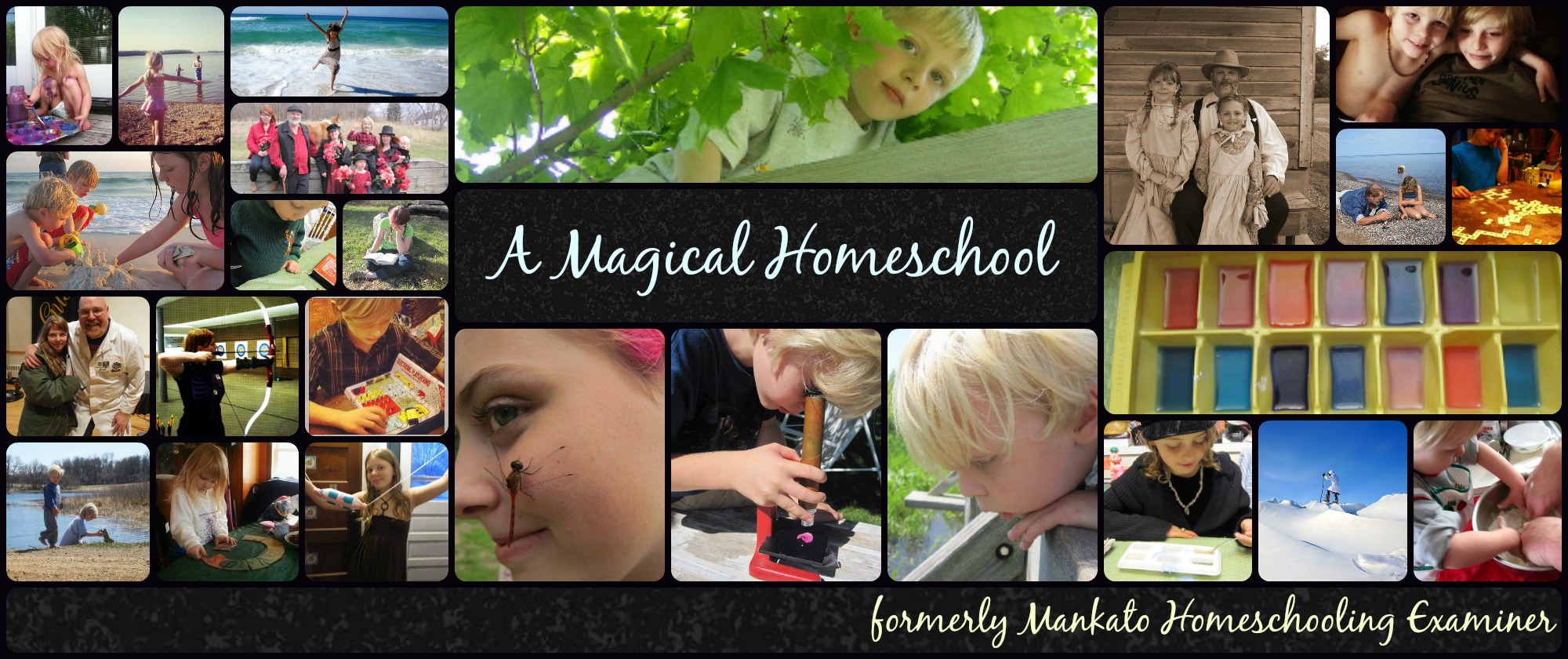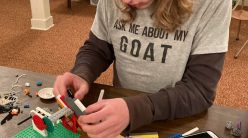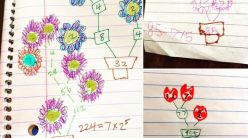Forest schools and other outdoor learning environments are becoming increasingly popular, not just in the United Kingdom but in the U.S. and around the world. A Year of Forest School: Outdoor Play and Skill-building Fun for Every Season, by Jane Worrell and Peter Houghton, gives parents and teachers ideas for nearly 40 seasonal activities suitable for forest schools, homeschools or other learning environments.
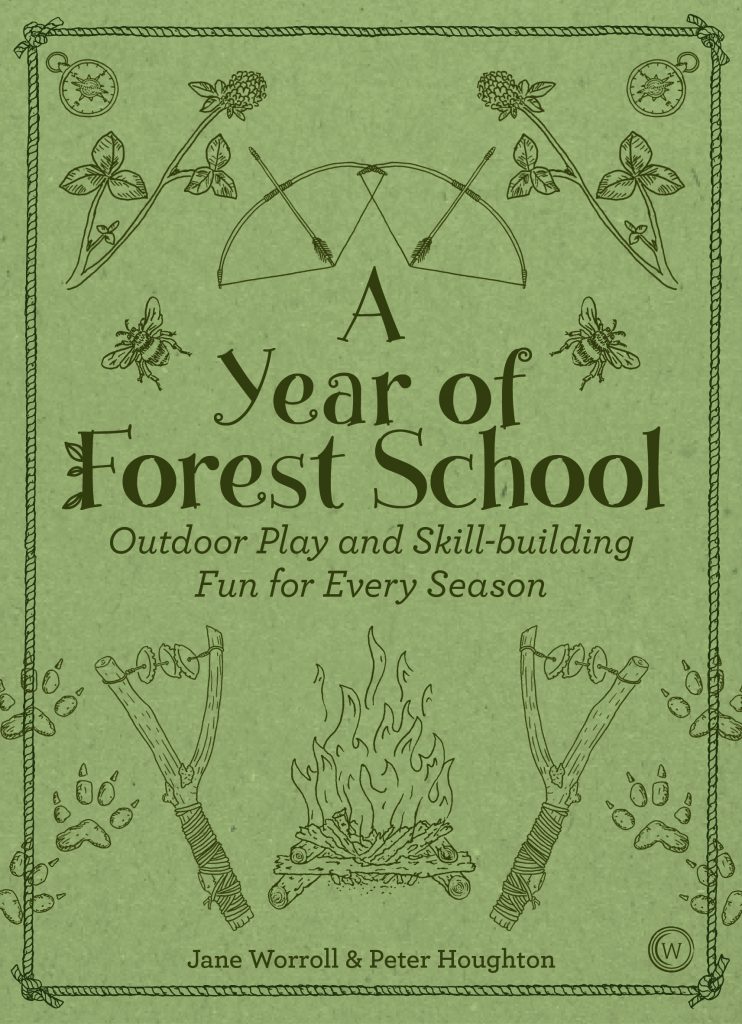
The book features about 10 activities each for each of the four seasons. Some are games, others crafts, and some are skills like fire building or carving. They are designed to be used for children roughly age 3 or 4 through 12 or so, though the ages are rather subjective.
As an example, the activities for spring (from the table of contents) are:
- Make nettle soup (from foraged stinging nettles)
- Make a “wood cookie man” (slices of logs assembled into a doll)
- Make bramble cordage (make twine from the inner fibers of raspberry or blackberry stalks)
- Play “mammoth, hunter, mouse”
- Make a sistrum (musical tool) from wood
- Make a mud birthday cake for the Earth
- Have an “egg hunt” (look for golden tickets together to redeem for a chocolate egg)
- Do clay art
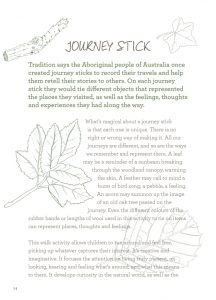
- Make dandelion lime tea
Summer includes activities like making a bark mask and making ink from crushed berries and cutting a goose feather into a quill to write with it.
Autumn includes activities like making an evergreen paintbrush or baking apples on a fire.
Winter includes activities like doing a compass treasure hunt and making charcoal pencils.
The paperback version of the book is filled with some sketch drawings of the activities. It is printed in dark gray with green accents.
There were things I really liked about the book, with some caveats.
Pros:
- Children are trusted to learn skills like foraging, wood carving and fire making from a young age, and given very clear safety instructions on how to do this safely.
- The activities are designed to work with various ages and abilities.
- The activities are designed to encourage cooperation and teamwork, not competition.
- Kids learn about great skills
- It encourages kids to spend a great deal of time outside in all kinds of weather
- There are lots of fun projects and some fun games
- As an avid forager, I love any book that encourages teaching children to gather wild foods
- Not much is needed for outside equipment or supplies
- The book is generally fun and encourages a love of the outdoors
Cons:
- There were times when I didn’t understand terminology used. For instance, a lot of the projects call for “secateurs” and I am guessing those are like garden clippers but I really have no idea.
- There sometimes weren’t enough drawings or instructions for me to understand complicated directions. For instance, I found the cordage activity very confusing in terms of how the author said to weave the fibers. Our family has made cordage from other plant fibers but not in the way they instruct, and I ended up very confused by what she meant.
- Most of the games involve fairly large groups, so they are not likely to work in individual homeschool families.
- The book was written in the UK and some of the trees, foraged foods and such will not be available in other regions. Of course, you should be able to find suitable substitutes.
- I was able to preview two versions of this book — one was a temporary PDF sort of look at the print version and the other was a digital download via Kindle. The Kindle version had no illustrations. I don’t know if this was just for the review version or if it will not have any if you purchase it via Kindle. It would be really hard to understand many of the projects without at least simple illustrations. The Kindle page on Amazon just shows the print excerpts, so I’m not sure I’d recommend this book in Kindle format unless you can preview it somehow and be sure you’ll get a version where you can see some of the illustrations.
Also, this is a silly quibble, but the game “Mammoth, Hunter, Mouse” instructed kids to pretend to use a bow and arrow to hunt the mammoths. Actually, prehistoric hunters used atlatls (spear throwers) to hunt, since it was before the invention of the bow and arrow. Since my husband teaches atlatl making and throwing and our kids have grown up using atlatls, this was something we already knew but you can’t really fault the authors for not knowing that.
All in all, I found it to be a fun book with good information about teaching skills like fire starting and knife safety, and a nice variety of nature-related activities. It should provide some good inspiration for outdoor activities, and gives a nice look into the forest school environment. It’s priced inexpensively and would make a good addition to a homeschool or school library.
You can find the book here on Amazon (affiliate link), or order it through your library or local bookseller.
